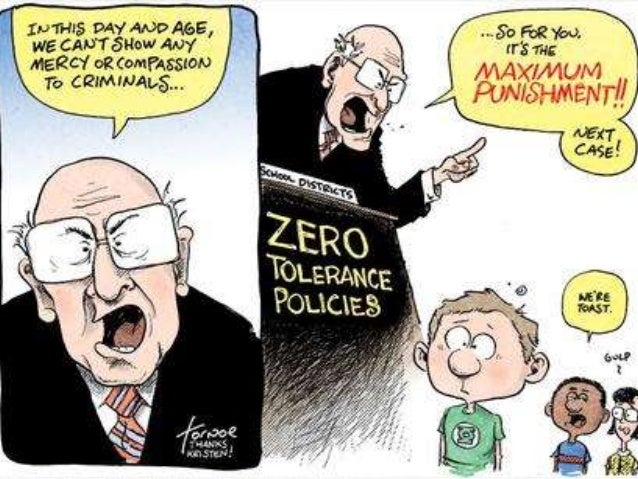High school suspensions cost the country $35 billion annually, report estimates

When students get suspended from school for a few days, they may not be the only ones who miss out.
A report released today by UCLA's Civil Rights Project tries for the first time to quantify the full social cost of so-called "exclusionary discipline."
The authors calculate that suspensions in just one year of school — 10th grade — contributed to 67,000 students eventually dropping out of high school. And that, they conclude, generates total costs to the nation of more than $35 billion.
Russell Rumberger, a co-author of the study and a professor emeritus at the University of California, Santa Barbara, says that number is conservative. "That's just for a single year."
This study used a two-step process to put a price tag on school suspensions, by calculating:
1) The likelihood that a suspended student will leave school altogether.
2) The cost to society when people drop out of high school.
The second step, from dropouts to money, is pretty well established:
- People who don't earn a high school diploma on time tend to earn less money, which means they pay less in taxes.
- They are less likely to have health insurance. Which means less access to prevention, and eventually worse health. They'll need more care — with a higher share of the cost paid for by taxpayers.
- They are more likely to have trouble with the law, which costs taxpayers in the form of court and prison costs.
- And they rely on public assistance at higher rates.
In California, for example, it's been estimated that the average high school dropout generates $168,880 in losses to federal, state and local governments over the course of a lifetime.
That first step, calculating how likely a suspended student is to drop out, requires a little more explanation.
In the U.S., only 71 percent of 10th-graders who were suspended at least once in the 2001-2002 school year graduated from high school two years later, the UCLA report High school suspensions cost the country $35 billion annually, report estimates | 89.3 KPCC:
